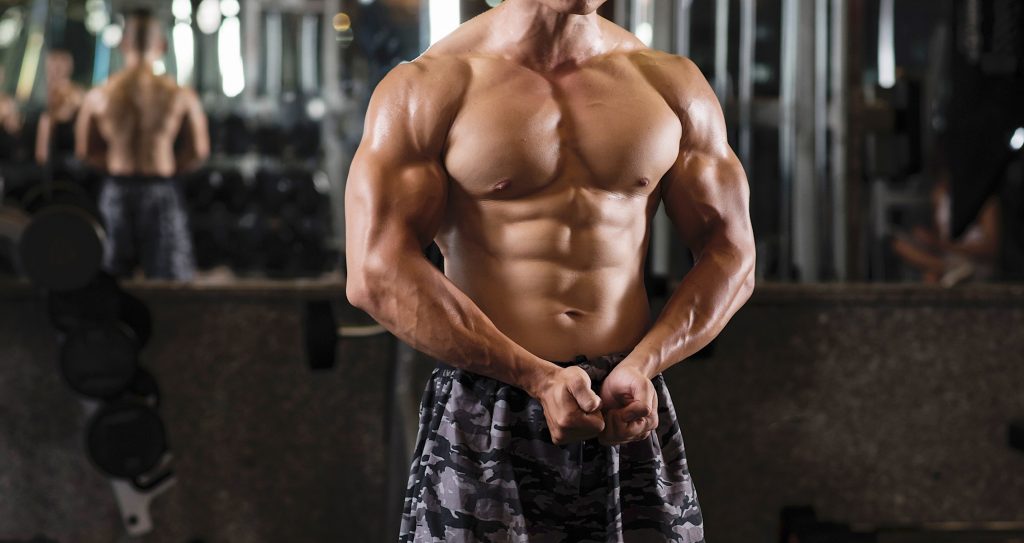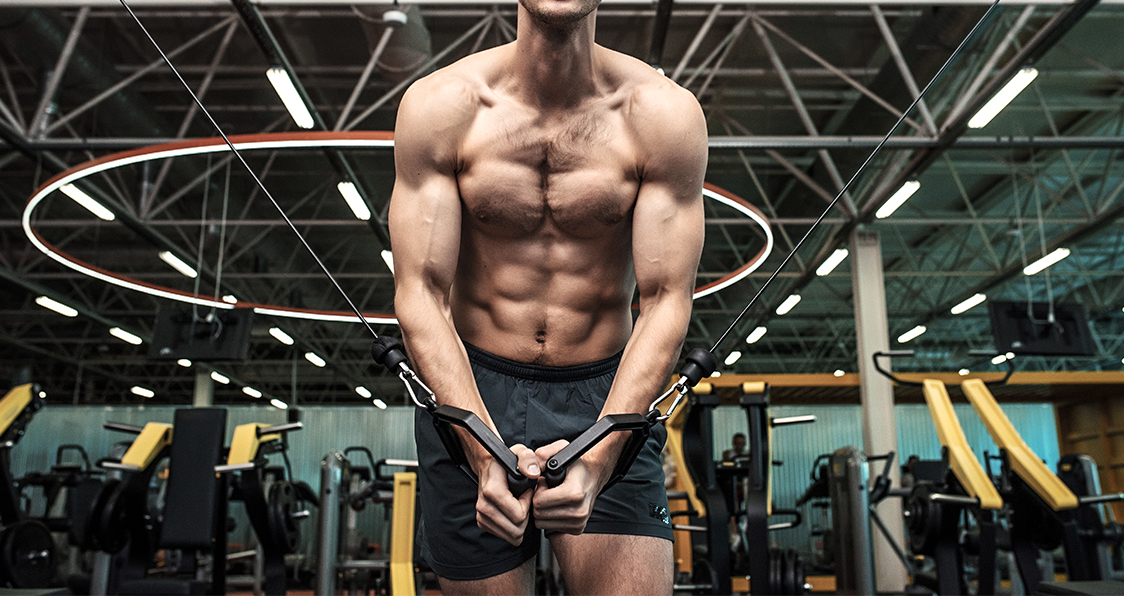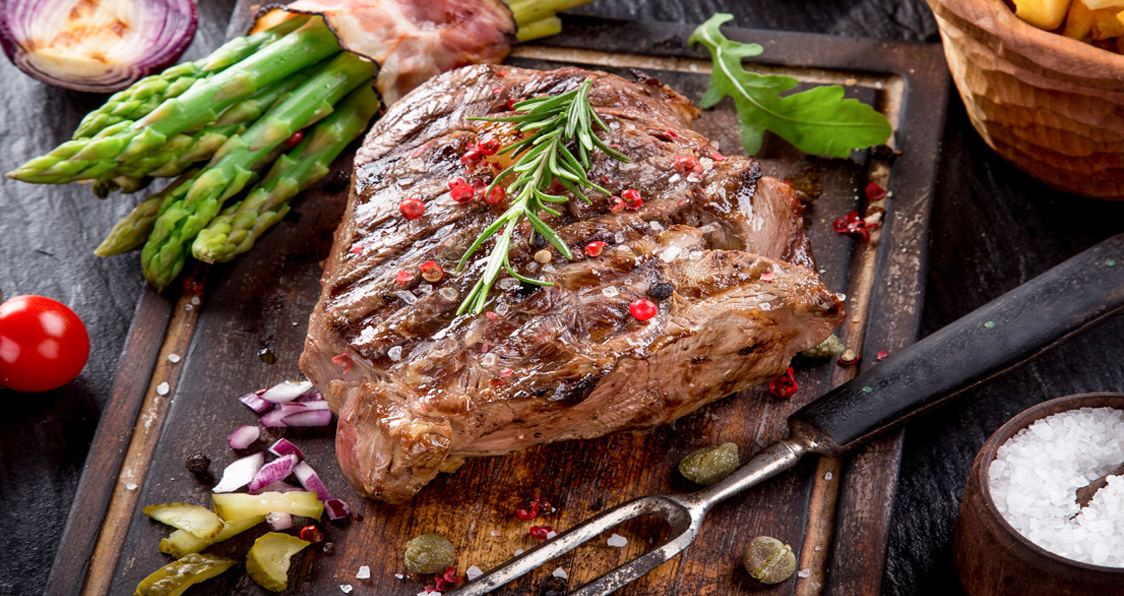How To Build A Big Chest
Those who are looking to increase the size of their chest often start in the wrong place. For ultimate chest building, it is wise to start with the upper chest and work down. A well developed upper chest makes the pectorals overall look bigger, giving the chest that “shelf” like shape. Therefore, growing the upper pecs should be made a priority.
Typically, for chest development, the chosen method is to perform heavy bench presses and chest orientated exercises, but there is more that goes into building muscle in the chest area than just maxing out your bench.
While there are many superb chest developing exercises, a large number of them place demand on the fibers of the mid to lower pec rather than upper pec fibers. As a result, the upper chest may fail to develop at the same rate thus hampering overall chest building progress.
The Pectorals
The chest muscles are known as the pectorals, and there are 4 individual muscles that make up the pectorals as a whole. The 4 muscles are the:
- Pectoralis major
- Pectoralis minor
- Serratus anterior
- Subclavius
All of these muscles work together to bring about movement around the shoulder.
For those who are looking to increase chest size, it is the pectoralis major that will be of most interest. As the name suggests, the pectoralis major is the biggest and most visible of the 4 muscles. As a result, it is the muscle which have the most profound impact on chest building.
The pec major has 3 independent origin points – one on the clavicle (collar bone), another on the sternum (breast bone) and finally one on the ribcage. As a result, the pec muscle is often divided into 3 different anatomical sections – the clavicular (upper) region, the sternal (mid) region and the costal (lower) region. All three regions insert on the humerus bone found in the upper arm and allow for a range of different shoulder movements (1).
Upper Chest Workout
As mentioned, the upper chest often comes in underdeveloped and requires specific attention. The following workout will demonstrate an effective plan for developing upper chest strength and size.
The plan can be used either as a “chest day” workout or may be used as the foundations of a chest-based workout. It is possible to add extra chest exercises to this plan to increase the overall volume of the workout and enhance muscular hypertrophy.
| Exercise | Sets x Reps | Rest |
| Incline Dumbbell Flyes (Low Angle) | 3 x 12, 10, 8 | 45s |
| Smith Machine Incline Bench Press | 4 x 12, 10, 8, 6 | 60s |
| Push-Ups with Feet Elevated (Dropset) | 3 x failure | 30s |
The 3 Upper Chest Exercises
This section will briefly break down the movements required for each of the exercises in the program. For those who are strength training novices or for those who are learning the exercises for the first time, always start with low weight and intensity to allow the body time to get to grips with the movements required. As movement proficiency improves, gradually increase the demand of each exercise.
1) Incline Dumbbell Flyes (Low Angle)
A standard dumbbell fly will target the body of the pecs rather than specifically hitting the upper portion of the muscle. In order to place the majority of the stress on the upper chest, place the bench on a low incline. Doing this will maximize upper pec engagement while also minimizing the involvement of the front deltoids in the shoulder
For the incline dumbbell fly, lie back on the bench and press the dumbbells up so that they are directly above the chest – this is the starting point. In a controlled motion, gradually lower the dumbbells to the sides of the body while keeping the arms straight (avoid locking the elbow joint). Drive the chest up as you lower to stretch the pecs out all while ensuring that the shoulders are kept back and down.
Once the arms have lowered to the sides of the body, squeeze the arms together in order to drive the arms back up to the starting position. Avoid banging the dumbbells together when they meet above the chest. Once the dumbbells returns to the starting point over the chest, focus on contracting the pecs momentarily before commencing the next rep.
2) Smith Machine Incline Bench Press
When doing the bench press, one of the advantages of using the Smith machine over a barbell is that stabilization is less of a factor. With the barbell, many muscles must contract in order to stabilize the bar as it moves which may take some of the demand away from the upper pecs. Because the Smith Machine runs along rails, there is no need for stabilization which will allow a greater emphasis to be placed on the upper pecs.
For the incline bench press, start by setting the bench at approximately 45 degrees and lie back on it, ensuring that the bar lines up with the chest. Grip the bar with both hands slightly wider than shoulder width. Un-rack the bar and then gradually lower the bar towards the chest, stopping an inch above the chest. Stopping just short of the chest will maintain tension in the pecs and eliminate the chances of using momentum.
Pause briefly at the bottom of the rep before driving the bar up powerfully. As with the incline flyes, look to squeeze the pecs at this point and maintain a strong contraction for a second or so. Finally, ensure that the elbows do not lock out during this phase as this will cause the triceps to take control rather than the upper chest.
3) Push-Ups with Feet Elevated
In terms of bodyweight exercises, the push-up reigns supreme for chest development. In the same way that setting the bench on an incline places a greater demand on the upper pecs (2), elevating the feet will also cause the focus to shift to the upper chest. Using dumbbells or push-up handles is a great option for those who struggle with wrist pain and also for increasing the exercise’s range of motion.
To perform the push up, start by placing a bench directly behind the body. Position the hands so that they are directly underneath the shoulders and then place the feet on the bench at approximately hip width. Keeping the body as straight as possible, hinge at the elbows and look to keep them tight to the body as the chest drops down to the floor.
From this position, imagine trying to drive the hands through the floor to propel the body back up to the starting position. Once muscular failure is reached, step down to the floor and continue pressing. This advanced training method is known as a drop-set and has been found to be an effective muscle building method (3).
Muscle Building Essentials
While focusing on developing the upper chest is important for building a full, thick chest, changes in muscle size will not occur by simply following the aforementioned workout plan. Absolutely, strength training is highly important for building muscle size however, this must be accompanied with appropriate nutrition.
The most important factor that will determine whether or not muscle gain is successful or not is the number of calories consumed. For effective muscle building, a calorie surplus must be established. This is simply where one consumes more calories per day than their body requires. If a calorie surplus is not maintained, then optimal muscle growth will not occur (4).
During strength sessions in the gym, individual muscle fibers actually begin to tear at a microscopic level as a result of being exposed to a training stimulus. The body requires these additional calories in order to recover optimally from the stresses of training and repair each fiber. This repairing process causes the muscle fibers to increase in strength and size.
The second nutrition based essential for muscle building is to ensure that enough protein is being consumed. Protein is a crucial macronutrient that the body requires on a daily basis for growth, healing and regulation of body processes. When it comes to muscle building, enough protein must be consumed on a daily basis to, once again, accelerate recovery time from training and promote muscle growth (5).
Supplementation is also something that can help accelerate muscle growth. Some supplements that can help build size are:
In summation, failure to consume enough calories or protein, will hinder all muscle building progress regardless of how regularly strength training is taking place.
Final Word
Targeting the upper chest is often the missing component for those looking to build a full chest. Therefore, it is worthwhile selecting a number of resistance exercises that challenge the upper chest to a large degree and cause substantial adaptation. However, without appropriate nutrition, building significant muscle mass will be difficult, if not impossible. Therefore, ensure that one is consuming enough calories and protein in order to onset hypertrophy.
For more news and updates, follow Generation Iron on Facebook, Twitter, and Instagram.
References:
1-Solari, Francesca; Burns, Bracken (2019), “Anatomy, Thorax, Pectoralis Major Major”, StatPearls, StatPearls Publishing, PMID 30252247
2-Lauver, Jakob D.; Cayot, Trent E.; Scheuermann, Barry W. (2016). “Influence of bench angle on upper extremity muscular activation during bench press exercise”. European Journal of Sport Science. 16 (3): 309–316. doi:10.1080/17461391.2015.1022605. ISSN 1536-7290. PMID 25799093.
3-Fink, Julius; Schoenfeld, Brad J.; Kikuchi, Naoki; Nakazato, Koichi (2018-5). “Effects of drop set resistance training on acute stress indicators and long-term muscle hypertrophy and strength”. The Journal of Sports Medicine and Physical Fitness. 58 (5): 597–605. doi:10.23736/S0022-4707.17.06838-4. ISSN 1827-1928. PMID 28474868.
4-LEAF, ALEX; ANTONIO, JOSE (December 1, 2017). “The Effects of Overfeeding on Body Composition: The Role of Macronutrient Composition – A Narrative Review”. International Journal of Exercise Science. 10 (8): 1275–1296. ISSN 1939-795X. PMC 5786199. PMID 29399253.
5-Stark, Matthew; Lukaszuk, Judith; Prawitz, Aimee; Salacinski, Amanda (December 14, 2012). “Protein timing and its effects on muscular hypertrophy and strength in individuals engaged in weight-training”. Journal of the International Society of Sports Nutrition. 9: 54. doi:10.1186/1550-2783-9-54. ISSN 1550-2783. PMC 3529694. PMID 23241341.










